This paper introduces an excellent external lighting scheme for automobiles by using high power Buck LED controller.
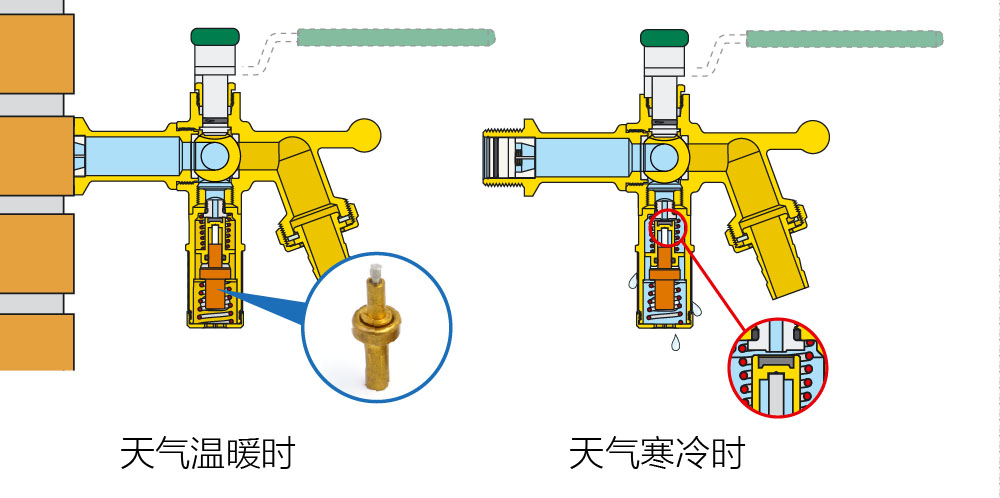
Thanks to excellent lighting characteristics and efficiency, high-power LED is becoming more and more popular in automobile external lighting design. Electronic devices supporting LED must be fast, efficient and accurate to control illumination intensity, direction and focus. These devices must support a wide range of input voltage and can operate outside the AM band of automobile radio to avoid electromagnetic interference (EMI).
Electronic devices must also support complex lighting modes required in the LED matrix to support adaptive headlamp lighting systems. This paper reviews typical LED power management schemes and introduces an innovative Buck Controller IC that supports fast, efficient and high-precision LED lighting schemes. Compared with traditional technology, LED has significant advantages, which is causing a storm in the automotive industry.
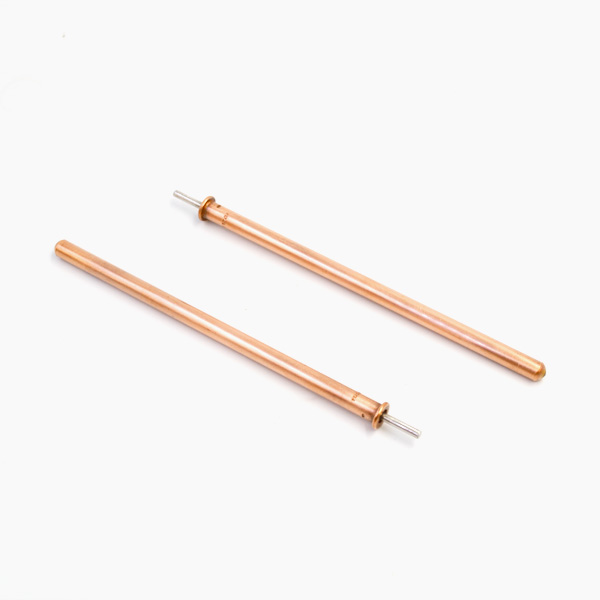
The white light in the LED headlamp has excellent clarity, thus reducing the driver’s reaction time. The adaptive headlamp lighting system (AFS), supported by LED matrix, can produce fast and complex lighting mode changes and improve the visibility of drivers under poor lighting conditions. At night, AFS can automatically adjust the lighting mode according to the beam of the opposite vehicle to prevent the driver from blindness caused by strong light. LED lighting can be turned on twice as fast as incandescent light source, so LED-based brake lights can be turned on faster, warning drivers ahead of time and improving road safety. Finally, compared with the comparable incandescent lamp, LED consumes less power, so it has obvious advantages in energy consumption. The LED controller is an electronic device responsible for the operation of the LED. It plays an important role in maintaining and enhancing the inherent clarity, speed and efficiency of the LED. LED is widely used in automotive field, and is widely used in various configurations from single LED to LED lamp string and matrix. In order to achieve optimal performance, high brightness (HB) LEDs require constant current. The current is related to junction temperature and colour. So HB LEDs must be driven by current rather than voltage.
The power supply supporting long lamp strings can range from 12 V car batteries to any power supply up to 60 V boost converter. When the engine starts up, the battery voltage drop is relatively large, which causes the battery voltage to drop below the typical 12 V, or even 6 V or lower.
Dimming is a commonly used function in many automotive applications, and it is also an important safety feature of LED headlights. When the illumination is dimmed from 100% to 50%, the human eye can hardly detect it. In order to ensure clear identification, it must be adjusted to 1% or lower. With this in mind, it’s no wonder that the dimming ratio is as high as 1000:1 or higher. Since the human eye can perceive a single photon under appropriate conditions, there is no limit to this function. To ensure the color, the current must be constant.
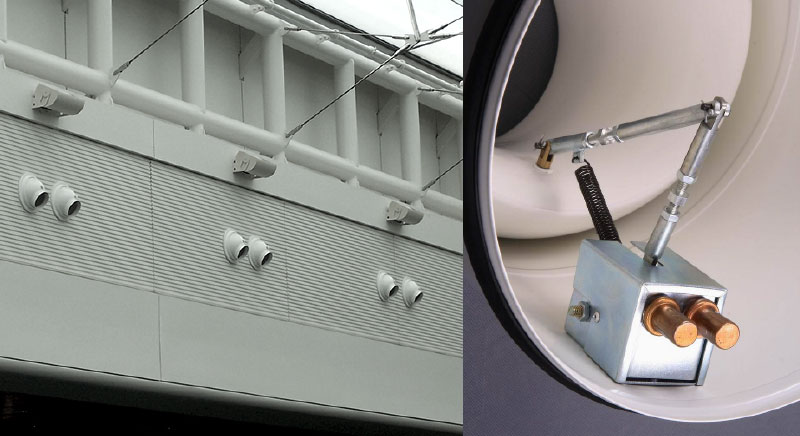
The best LED dimming strategy is PWM (pulse width modulation), which modulates the intensity of light by time sectional switching of the current, rather than changing the amplitude. To prevent LED flickering, the PWM frequency must be kept above 200 Hz. When using PWM dimming, the factor limiting the minimum “on/off” time of LED is the time of current rise/fall in inductance of switching regulator. This can cause dozens of delicate response times, which are too slow for LED headlights that rely on fast and complex dimming methods. The only way to achieve dimming is to use a dedicated MOSFET switch (SWl-K in Figure 2) to turn on/off each LED in the lamp string independently. The challenge for the current control loop is to recover quickly enough from the transient change of the output voltage, which is caused by the switching of the diode. To achieve optimal results, the LED controller must support a wide input voltage range and have fast transient response as described above. In order to reduce radio frequency interference and meet EMI standards, it requires high and well controlled switching frequency, which is outside the AM frequency band.
Finally, high efficiency can reduce heating and improve the reliability of LED lighting system. Sophisticated headlamp system uses boost converter as the front end to manage changes in input voltage (load throwing or cold start) and EMI radiation. The boost converter provides a stable, high enough output voltage (Figure 2). The special buck converter uses the stable voltage as input, allowing each buck converter to control a single function, such as far light, near light, fog lamp, daytime driving lamp (DRL), direction and so on, thus overcoming the complexity of controlling illumination brightness and direction. In this application, the main control loop of each buck converter sets the current in its LED lamp string, and two auxiliary loops implement overvoltage and overcurrent protection. A typical buck LED driver scheme is shown in Figure 3. The scheme uses p-channel and high-side MOSFET, and its RDSON is higher than that of n-channel transistor. It also uses asynchronous structure, and Schottky diode D is used for current reflux. Both are inefficient factors. Figure 4 illustrates another drawback of the typical scheme in terms of transient response.
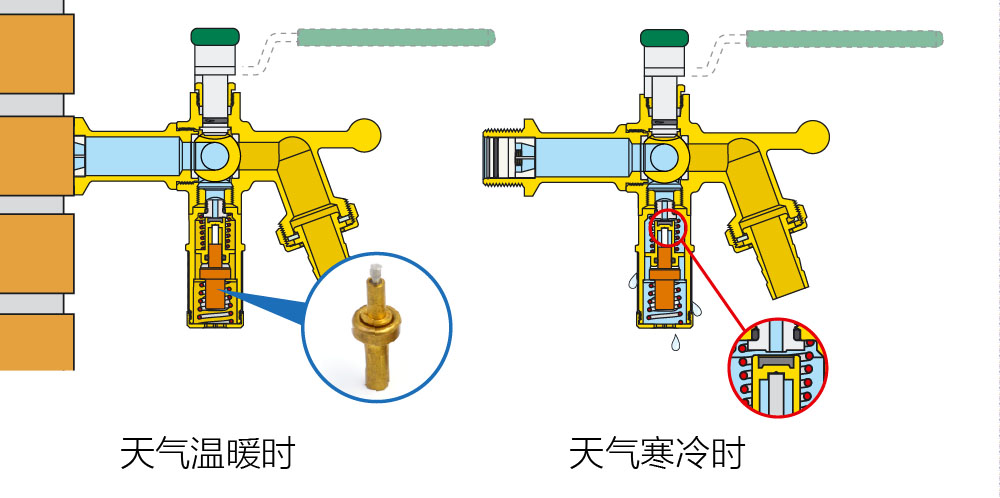
Among the 12 LED light strings tested in this project, the number of power-on diodes increased sharply from 8 to 12. It takes tens of delicate time to extinguish the current and voltage fluctuations caused by the step of output voltage. The high dimming ratio PWM dimming circuit only sampled the current in the initial few delicate periods, at which time the amplitude is declining, resulting in incorrect dimming brightness and color.
The ideal scheme should satisfy the requirements of wide input voltage range, fast transient response, high and well controlled switching frequency, and support high efficiency through synchronous rectification. The MAX20078 LED controller supports such a solution (Fig. 5).
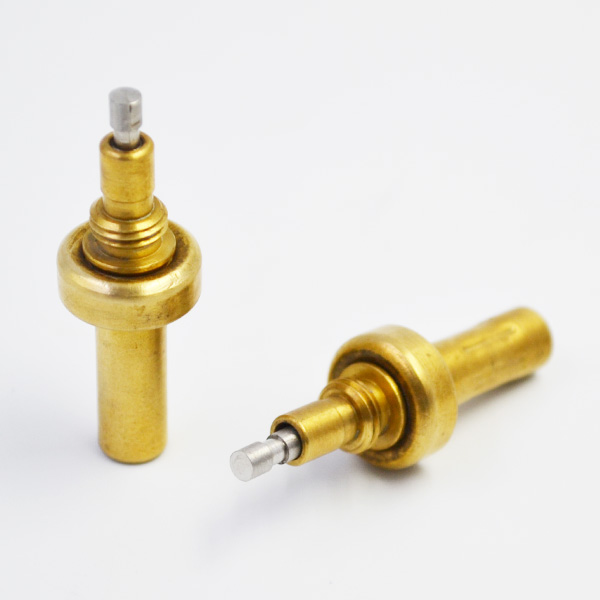
The MAX20078 LED controller adopts a proprietary average current mode control method, which keeps the switching frequency close to constant while adjusting the inductance current.
The device operates in a wide input voltage range of 4.5 V to 65 V, with a switching frequency of up to 1 MHz, and supports both analog and PWM dimming functions. The device is packaged in 16-pin TQFN (normal or SW) or 16-pin TSSOP with space saving (3mm x 3mm). Figure 6 shows the relationship between the efficiency of the LED driver based on MAX20078 and the power supply voltage. Two 107 mQ synchronous rectifier MOSFET transistors ensure high efficiency over a wide input voltage range. Compared with the example shown in Figure 4, MAX20078’s proprietary architecture provides almost error-free transient response.
In Figure 7, the number of diodes increased from 8 to 12 without any significant fluctuation in the output voltage or current. The turn-on time of MAX20078 is programmable, and the switching frequency ranges from 100 kHz to up to 1 MHz. The turn-on time of the device is proportional to the input voltage and the output voltage, which means that the switching frequency is almost constant. MAX20078 has a high and well-controlled switching frequency, and is easy to set outside the AM band. While reducing the radio frequency interference, the spread spectrum characteristics meet the EMI standard. This paper reviews the challenges in power supply of complex LED lighting systems and the requirements for optimizing the performance of LED systems. It introduces how MAX20078 overcomes these challenges through innovative LED controller architecture, providing high precision average current control, high operating frequency beyond AM band, and good transient to support high dimming accuracy.
Response, thermostatic element as well as high efficiency, to minimize power consumption. These features support excellent vehicle external lighting with higher efficiency, complex lighting modes and more accurate lighting brightness, direction and focus control.
